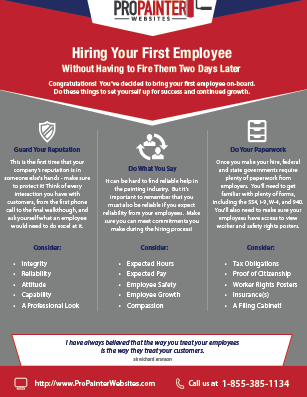When you're budgeting for a commercial paint job, it's easy to ignore particular prices that can slip up on you. You might think you've covered everything, yet covert expenditures like surface area prep work and permits can quickly accumulate. By identifying these prospective pitfalls at an early stage, you can develop a more accurate spending plan. However what specific aspects should you think about to stay clear of those pricey shocks? Allow's explore how to assess your job's scope efficiently.
Analyzing the Range of Your Task
Before diving into a commercial paint job, it's vital to examine the extent of your project.
Beginning by establishing the locations that need paint and the overall square footage involved. Consider the type of surfaces, whether they're drywall, timber, or steel, as this influences the materials and labor required.
Next off, examine the problem of these surface areas; any kind of repairs or prep work will certainly influence your timeline and budget plan.
Don't forget to represent the kind of paint you desire, as top quality can differ dramatically in price.
Lastly, think of availability. If https://hectorajpqv.blog-kids.com/36662551/start-the-elaborate-course-of-an-industrial-painting-venture-where-every-thoughtful-action-mold-and-mildews-the-ended-up-production-figure-out-what-transpires-behind-the-scenes need unique equipment or added precaution, you'll require to factor those expenses right into your total budget.
Comprehending these elements will certainly set you up for success.
Identifying Prospective Hidden Costs
When you've assessed the scope of your commercial paint task, it's time to take into consideration the possible concealed costs that can arise.
You might neglect costs like surface area preparation, which can consist of cleaning, patching, or priming. Weather-related hold-ups can additionally cause unforeseen costs, so keep an eye on the projection.
If your building has several degrees or hard-to-reach areas, you may sustain additional labor fees. Additionally, take into consideration the cost of licenses or evaluations that may be required by regional guidelines.
Ultimately, don't ignore the capacity for increased prices if you need unique finishes or materials. By determining these feasible covert expenses ahead of time, you can budget more effectively and avoid surprises down the line.
Developing a Backup Strategy
As you move forward with your business paint work, it's crucial to create a contingency strategy that resolves unanticipated difficulties.
Beginning by identifying prospective risks, like weather condition delays or supply shortages. Assign a section of your budget-- generally 10-15%-- to cover these unexpected expenses.
Next, established clear timelines and interact them with your team, so everyone's on the same web page. On a regular basis assess your plan and change it as needed, especially if situations transform.
Lastly, ensure why not try these out have reliable calls, such as vendors and subcontractors, who can help you browse any type of concerns that arise.
Final thought
In conclusion, budgeting for your business paint task calls for careful preparation and understanding of prospective concealed expenses. By assessing the extent of your task and identifying areas where costs might emerge, you can develop a more exact spending plan. Always include a contingency strategy to deal with unanticipated problems. Staying adaptable and reviewing previous tasks will likewise help you make informed decisions. With these pointers, you'll be much better prepared to handle your costs and make sure a successful outcome.
